Visiting the vet can be a stressful experience for both pets and their owners. The unfamiliar smells, sounds, and sights can be overwhelming, leading to fear and anxiety. Unfortunately, this fear can make it difficult for veterinarians to properly assess and treat animals, leading to suboptimal care. However, there are steps that pet owners can take to ease their furry friend's anxiety and make vet visits a more positive experience.
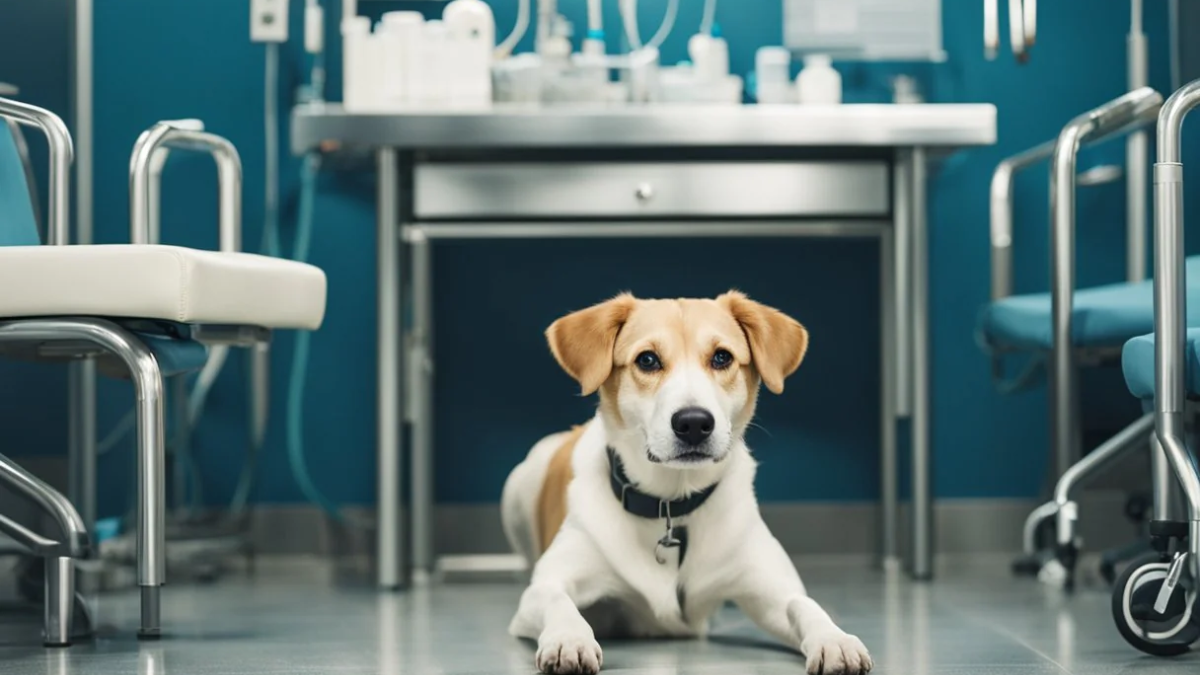
Easing Fear at the Vet: This includes familiarizing pets with the vet's office through regular visits for routine check-ups or just to say hello. Additionally, using positive reinforcement techniques such as treats, praise, and calming pheromones can help alleviate anxiety. It's also important for owners to remain calm and reassuring during the visit, as pets can pick up on their emotions. By taking these steps, pet owners can help their furry companions feel more comfortable and relaxed during vet visits, ultimately improving the quality of care they receive.
Understanding pet anxiety is the first step in easing fear at the vet. Dogs and cats can experience fear and anxiety in response to a variety of stimuli, including loud noises, unfamiliar people and animals, and new environments. Signs of anxiety can include shaking, panting, hiding, and aggression. By recognizing these signs and understanding what triggers them, pet owners can take steps to minimize anxiety and create a more calming environment for their pets.
Key Takeaways
- Understanding pet anxiety is key to easing fear at the vet.
- Pre-visit preparation, such as familiarizing pets with carriers and practicing handling, can help reduce anxiety.
- During the visit, communication and education from the veterinarian can help ease anxiety and improve the overall experience.
Understanding Pet Anxiety
Pets can experience anxiety just like humans do. When it comes to visiting the vet, many pets can become fearful and stressed. Understanding the causes of fear and the signs of stress in pets can help pet owners take steps to ease their pet's anxiety.
Causes of Fear at the Vet
There are several reasons why pets may be fearful of the vet. Some common causes include:

- Previous negative experiences at the vet
- Fear of unfamiliar surroundings and people
- Pain or discomfort during a previous visit
- Lack of socialization with other animals and people
- Genetic predisposition to anxiety
It's important to note that fear at the vet is not limited to just dogs and cats. Other pets, such as birds and reptiles, can also experience anxiety during veterinary visits.
Signs of Stress in Pets
Pets may exhibit a variety of signs when they are feeling stressed. Some common signs of stress in pets include:
- Panting or heavy breathing
- Shaking or trembling
- Hiding or cowering
- Aggressive behavior
- Excessive licking or grooming
- Loss of appetite
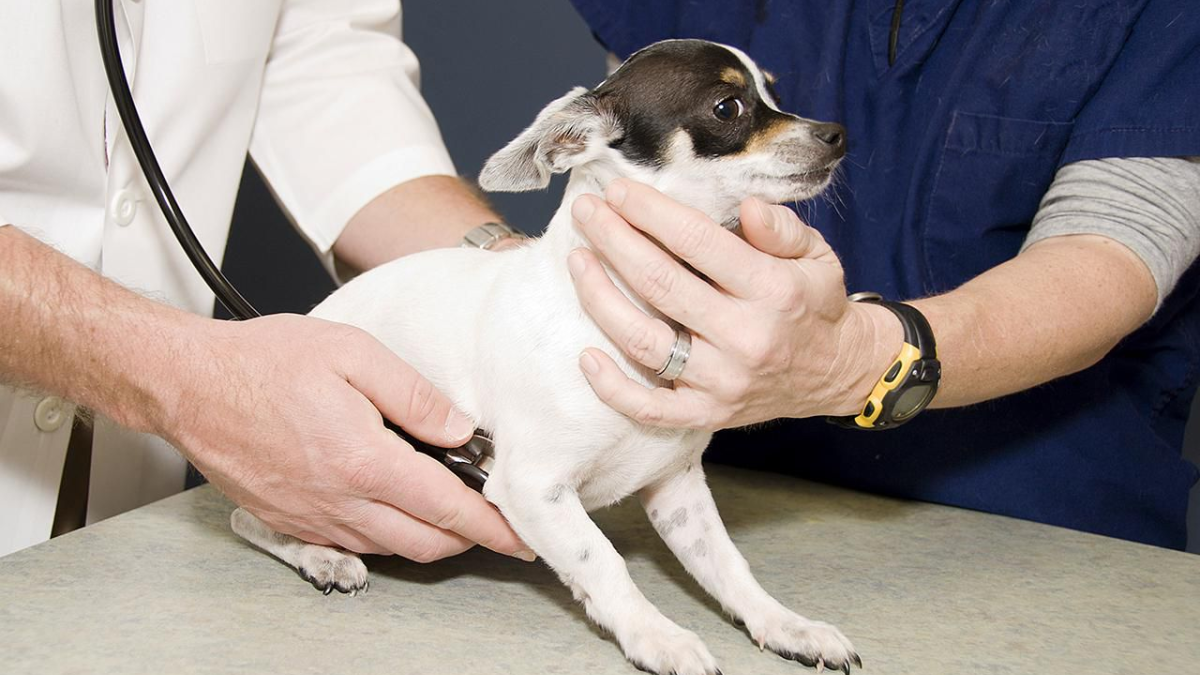
It's important for pet owners to be aware of these signs and to take steps to help their pets feel more comfortable during veterinary visits. This may include providing a familiar blanket or toy, using calming pheromones, or practicing desensitization techniques.
By understanding the causes of fear and the signs of stress in pets, pet owners can take steps to help their pets feel more comfortable and relaxed during veterinary visits.
Pre-Visit Preparation
Preparing for a vet visit can help ease a pet's fear and anxiety. There are several desensitization techniques calming products and medications that can be used to help make the visit less stressful for both the pet and the owner.
Desensitization Techniques
Desensitization techniques involve gradually exposing the pet to the sights, sounds, and smells of the vet clinic in a positive and controlled manner. This can include taking the pet on frequent short visits to the clinic, allowing them to explore the waiting room, and rewarding them with treats and praise for good behavior.
Another technique is to simulate a vet visit at home by handling the pet's paws, ears, and mouth, and rewarding them for remaining calm. This can help the pet become more comfortable with being handled and examined, which can make the actual vet visit less stressful.
Calming Products and Medications
Calming products and medications can also be used to help ease a pet's anxiety before and during a vet visit. These products include pheromone sprays, calming collars, and natural supplements such as chamomile and valerian root.
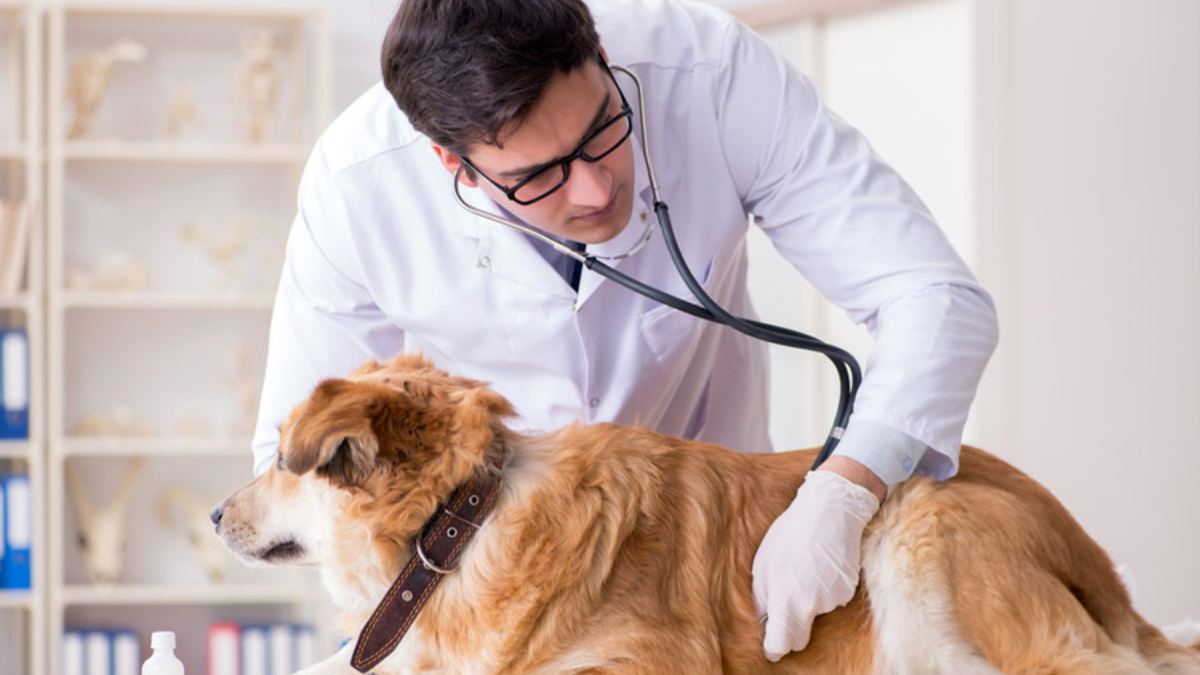
In more severe cases, prescription medications may be necessary. These can include anti-anxiety medications or sedatives, which can help calm the pet and make the visit less stressful.
It is important to consult with a veterinarian before administering any calming products or medications to ensure that they are safe and appropriate for the pet's individual needs.
By utilizing desensitization techniques and calming products and medications, pet owners can help ease their pet's fear and anxiety before and during a vet visit, making the experience less stressful for everyone involved.
During the Vet Visit
Creating a Calm Environment
Creating a calm environment is crucial to easing fear and anxiety in pets during vet visits. The veterinary clinic should have a designated area for pets to wait that is separate from other animals to avoid any potential conflicts. The waiting area should be quiet and free from any loud noises that may startle or frighten pets. Soft music or white noise can also help create a calming atmosphere.
Behavioral Strategies for Relaxation
There are several behavioral strategies that pet owners can use to help their pets relax during vet visits. These include positive reinforcement training, desensitization, and counterconditioning. Positive reinforcement training involves rewarding pets for good behavior, such as sitting still during an exam. Desensitization involves gradually exposing pets to the sights, sounds, and smells of the vet clinic to help them become more comfortable. Counterconditioning involves pairing something positive, such as treats or praise, with something that may have previously caused fear or anxiety, such as being placed on an exam table.
The Role of Veterinary Staff
Veterinary staff also play a crucial role in easing fear and anxiety in pets during vet visits. Staff should be trained in low-stress handling techniques and should always approach pets calmly and gently. They should also take the time to get to know each pet and their unique needs and preferences. Using treats, toys, and other positive reinforcement techniques can also help pets feel more comfortable and relaxed during exams and procedures.
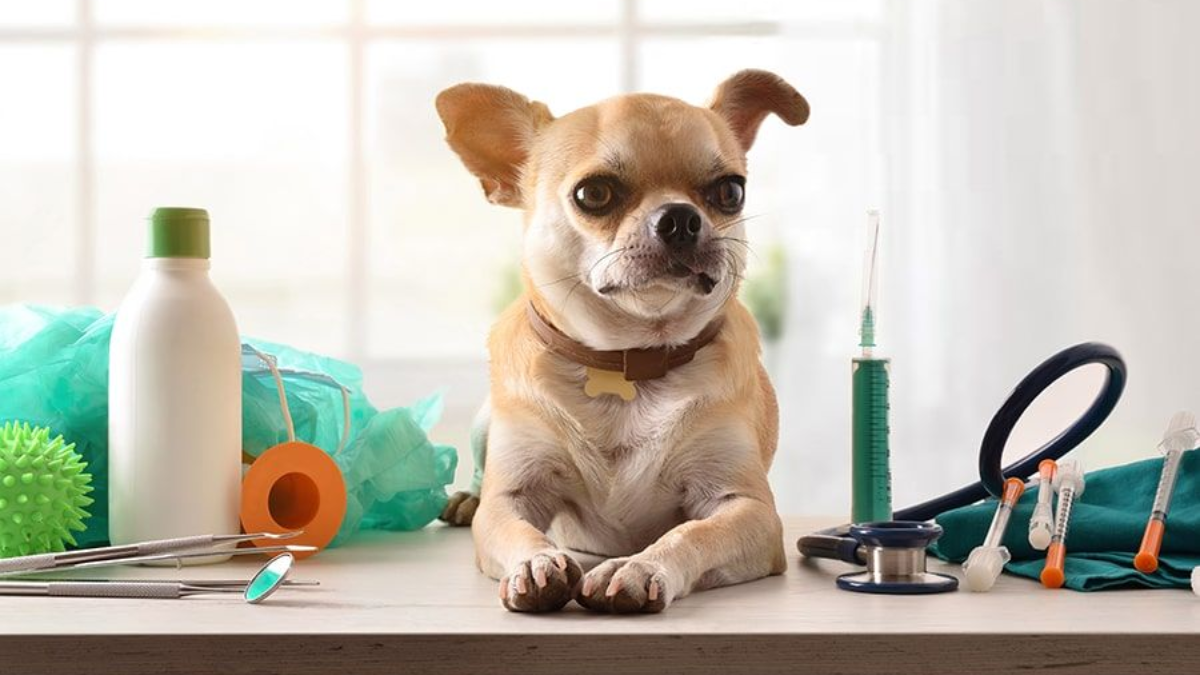
Post-Visit Considerations
After a visit to the vet, it is important to take some post-visit considerations to ensure your pet's well-being. This section will cover two important subsections: Positive Reinforcement and Monitoring Pet Behavior Post-Visit.
Positive Reinforcement
Positive reinforcement is a great way to help your pet feel more comfortable and safe during future visits to the vet. Rewarding your pet with treats, toys, or praise can help them associate the vet with positive experiences. It is important to start this process as soon as possible after the visit, so your pet can begin to form positive associations with the vet.
Monitoring Pet Behavior Post-Visit
It is also important to monitor your pet's behavior after a visit to the vet. Some pets may experience anxiety or stress after a visit, which can manifest in different ways. Common signs of stress in pets include loss of appetite, lethargy, hiding, and aggression. If you notice any of these signs, it is important to contact your vet for advice.
Additionally, you should monitor your pet's incision site if they had surgery or any other procedures done. Look for any signs of redness, swelling, or discharge, and contact your vet if you notice any issues.
Overall, taking these post-visit considerations can help ease your pet's fear and anxiety surrounding visits to the vet. By providing positive reinforcement and monitoring their behavior, you can help ensure your pet's well-being and make future visits to the vet more comfortable for everyone involved.
Communication and Education

Discussing Concerns with the Vet
One of the most important aspects of easing fear at the vet is communication. Pet owners should feel comfortable discussing any concerns or fears they have with their vet. It's important to remember that vets are there to help and want to make the experience as stress-free as possible for both the pet and the owner.
During the appointment, the vet should take the time to explain any procedures or treatments that will be performed. They should also be open to answering any questions the pet owner may have. If the pet owner is still feeling anxious, they should let the vet know so that they can take steps to ease their fears.
Educational Resources for Pet Owners
Another way to ease fear at the vet is through education. Pet owners can benefit from learning about the procedures and treatments their pets will undergo. This can help them feel more prepared and less anxious.
There are many educational resources available for pet owners, such as books, videos, and online articles. Vets may also have educational materials available in their offices. Pet owners should take advantage of these resources and ask their vet for recommendations.
In addition, pet owners should make sure they understand their pet's medical history and any conditions or illnesses they may have. This can help them feel more informed and prepared for the vet visit.
By improving communication and education, pet owners can help ease their pet's fear at the vet and make the experience more positive for everyone involved.
Long-Term Strategies
Regular Vet Visits
One of the most important long-term strategies for easing fear at the vet is to make regular visits to the veterinarian. This can help the animal become more comfortable with the environment and the people who work there. Regular visits can also help detect potential health issues early, which can prevent more serious problems down the line.
To make the experience more positive, owners can bring their pets in for quick visits, such as just to weigh them or get a treat from the staff. This can help the animal associate the vet with positive experiences rather than just negative ones.
Ongoing Training and Socialization
Another important long-term strategy is ongoing training and socialization. This can help the animal become more comfortable with new experiences, including vet visits. Training can include basic obedience, such as sit and stay, as well as desensitization exercises, such as getting the animal used to being touched in sensitive areas.
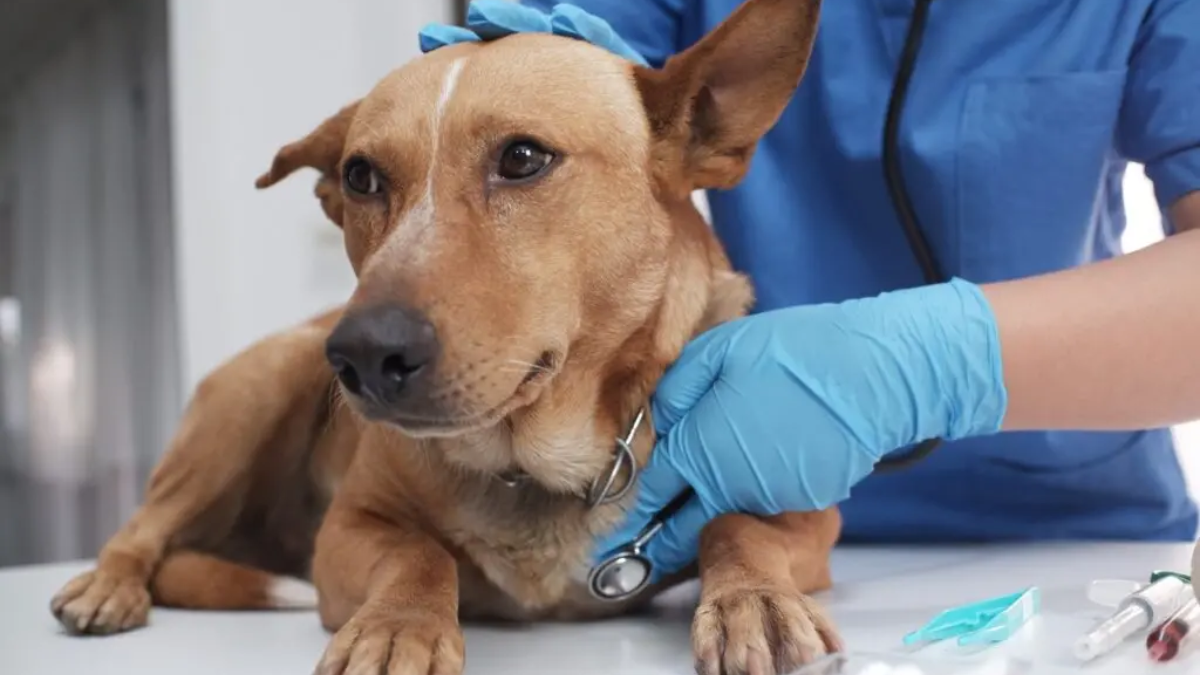
Socialization can also play a key role in easing fear at the vet. This can involve exposing the animal to new people, places, and experiences in a positive way. This can help the animal become more confident and less fearful overall, which can translate to a more positive experience at the vet.
By implementing these long-term strategies, owners can help their pets become more comfortable with vet visits, which can lead to better health outcomes and a more positive experience for all involved.
Conclusion:
In conclusion, "Easing Fear at the Vet" is paramount for ensuring the well-being of our beloved pets during veterinary visits. By employing various techniques and strategies, pet owners can help alleviate their animals' anxiety and create a more positive experience.
Firstly, preparing pets before the visit by familiarizing them with carriers, car rides, and the clinic environment can help reduce fear and stress. Gradual desensitization and positive reinforcement techniques can further reinforce a sense of security.
During the visit, maintaining a calm demeanor and providing comfort and reassurance to pets is essential. Choosing a veterinarian who understands and specializes in handling fearful animals can also greatly contribute to a smoother experience.
Moreover, utilizing distraction techniques such as treats, toys, or soothing music can help divert pets' attention away from their fears. Additionally, exploring alternative options like telemedicine or sedation for particularly anxious pets can provide alternative avenues for veterinary care.
Overall, prioritizing the emotional well-being of our pets during vet visits not only improves their experience but also strengthens the bond between pet and owner. By implementing these strategies, we can ensure that veterinary visits are as stress-free and comfortable as possible for our furry companions.
Frequently Asked Questions (FAQs)
- How can I help my dog stay calm during a vet visit?
- There are several things you can do to help your dog stay calm during a vet visit. First, make sure your dog is well-exercised before the appointment. This can help reduce anxiety and make your dog feel more relaxed. You can also bring your dog's favorite toy or blanket to provide comfort during the visit. Additionally, try to remain calm and relaxed yourself, as dogs can pick up on your emotions.
- What are the best ways to reduce a pet's anxiety before a vet appointment?
- There are several ways to reduce a pet's anxiety before a vet appointment. One effective method is to desensitize your pet to the vet environment by taking them for short visits to the clinic before the actual appointment. You can also use calming aids, such as pheromone sprays or calming treats, to help your pet feel more relaxed. Finally, practicing relaxation techniques, such as massage or deep breathing, can also help reduce anxiety.
- Are there specific techniques vets use to calm down an aggressive dog?
- Yes, there are several techniques that vets can use to calm down an aggressive dog. These include using positive reinforcement techniques, such as rewarding good behavior, and using calming aids, such as pheromone sprays or calming treats. In some cases, vets may also use medication to help calm an aggressive dog.
- Why do dogs often become fearful at the vet, and how can we prevent it?
- Dogs often become fearful at the vet due to a combination of factors, including unfamiliar surroundings, strange smells, and unfamiliar people and animals. To prevent fear at the vet, it is important to desensitize your dog to the vet environment, provide plenty of positive reinforcement, and use calming aids as needed.
- Can I give my dog a sedative before a vet visit, and what are the options?
- Yes, you can give your dog a sedative before a vet visit. However, it is important to consult with your vet before doing so, as some sedatives can have side effects or interact with other medications. Your vet can recommend the best sedative option for your dog based on their individual needs.
- Where can I find a veterinarian experienced with anxious or fearful dogs?
- You can find a veterinarian experienced with anxious or fearful dogs by asking for recommendations from friends or family members, or by searching online for vets in your area who specialize in treating anxious or fearful pets. It is important to choose a vet who has experience working with anxious or fearful dogs, as they will be better equipped to provide the care and support your pet needs.






